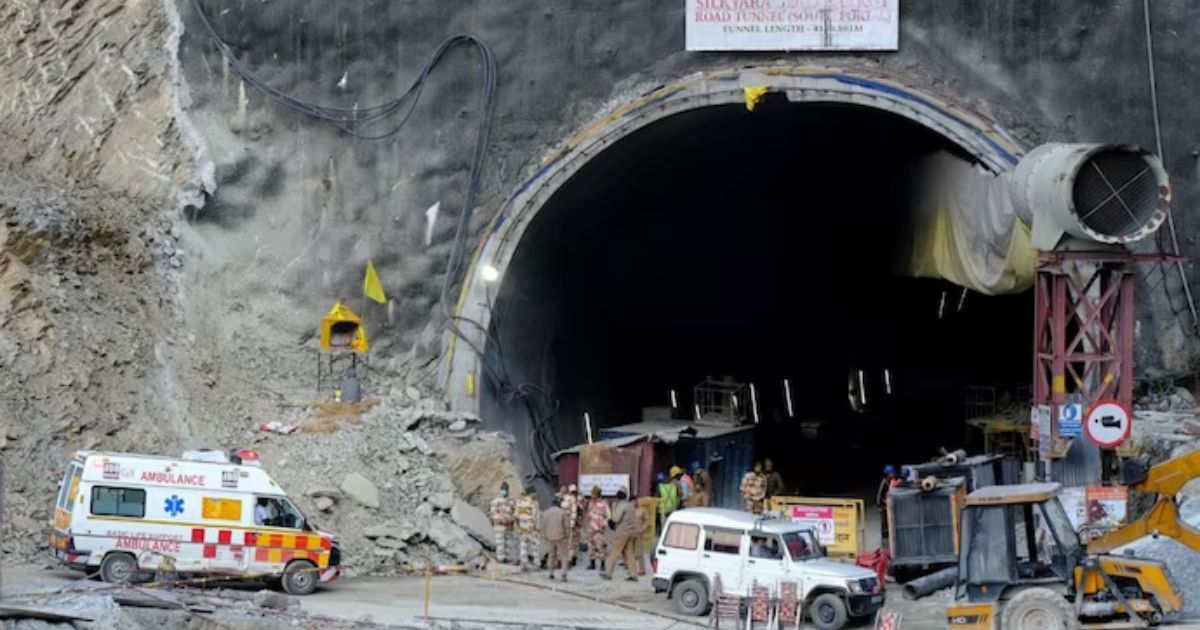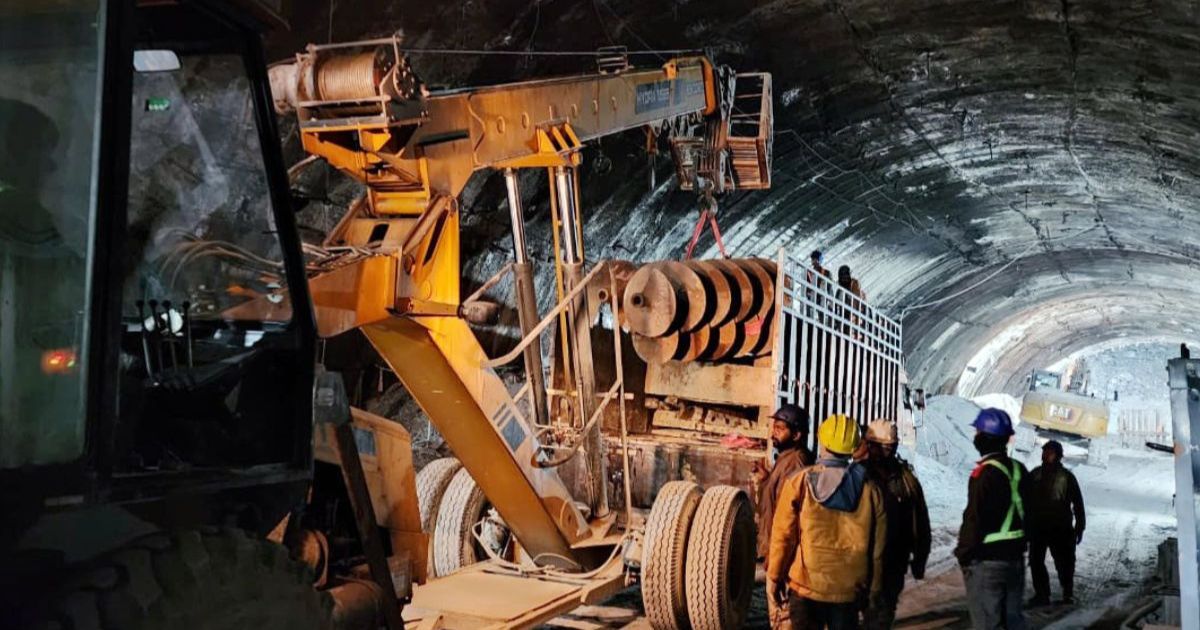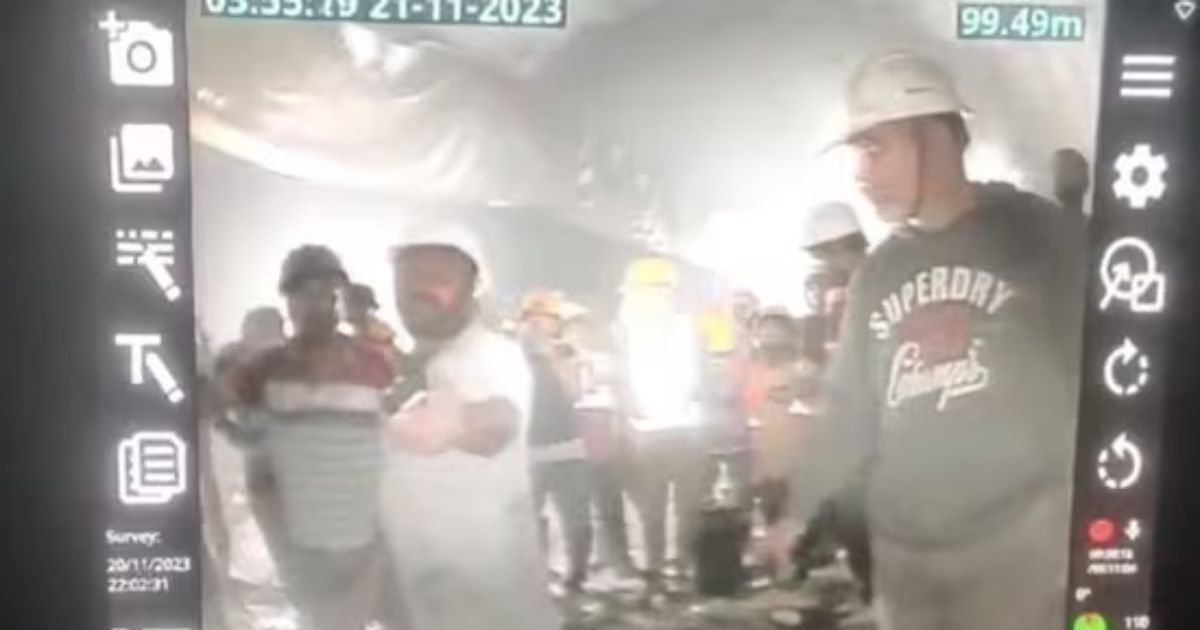
In the aftermath of the devastating Uttarkashi tunnel collapse, a race against time unfolded, with rescue teams battling to save the lives of 41 workers trapped deep within the debris. Amidst the chaos and despair, technology emerged as a beacon of hope, providing rescuers with the tools and expertise to navigate the treacherous terrain and reach the trapped miners. Advanced technology has been at the forefront of this operation, from auger machines carving through the hardened rock to delivering food and water. This article explores the various technological aspects that are playing a crucial role in the ongoing rescue efforts.
Digging Through Debris: Auger Machines in Action

The rescue operation has seen the use of auger machines, powerful devices equipped with large helical screw blades. These machines have been instrumental in drilling through the rubble, creating a passage for the trapped workers.
Trenchless Triumph: Navigating the Tunnel with Precision
Complementing the auger machines is the innovative trenchless technology, a technique that allows for the installation of pipes without the need for extensive excavation. This method, commonly used in underground utilities, is crucial in rescue operations, enabling rescuers to establish a lifeline for the trapped workers without further compromising the unstable tunnel structure.
Eyes and Ears Inside: Cameras and Sensors in the Rescue Arsenal

The technological prowess continues beyond drilling and pipe installation. Cameras and sensors play a pivotal role in monitoring conditions inside the tunnel, aiding rescuers in locating and assessing the trapped workers. While specifics about the types of cameras and sensors remain undisclosed, the operation likely involves fibre optic cameras and seismic or vibration sensors to ensure the stability of the rescue environment.
Pipe Networks and Tray Systems: Delivering Hope and Nourishment
Beyond the realm of machinery, a network of pipes and tubes has become the lifeline for those trapped inside. Initially, a four-inch pipeline delivered essential supplies. Still, a recent breakthrough on November 20 saw the successful insertion of a more significant six-inch pipeline, facilitating the transportation of more substantial quantities of food and necessities. Alongside this, a special tray system is said to allow rescuers to deliver food directly to the workers, showcasing the adaptability and resourcefulness of the ongoing rescue efforts.
As the rescue operation in Uttarkashi continues to unfold, the combination of advanced technology and human creativity shows a solid commitment to saving lives in challenging times.














